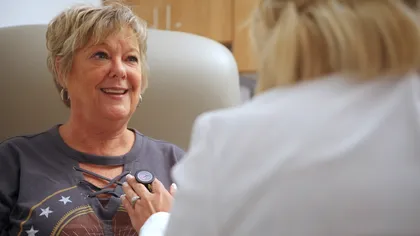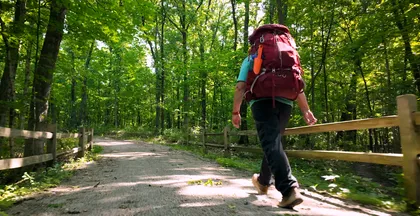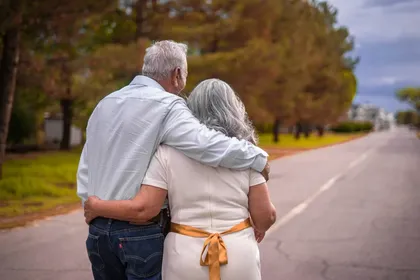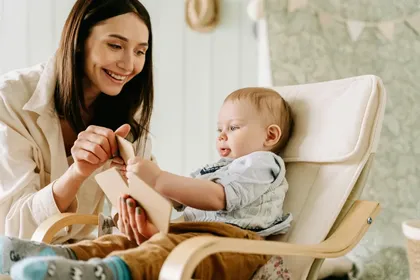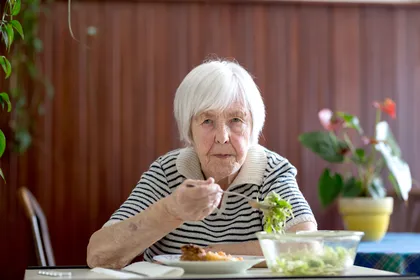Interstitial Cystitis
Interstitial cystitis is a painful condition of the bladder. It causes the bladder wall to be tender and easily irritated. This leads to uncomfortable symptoms. Interstitial cystitis is chronic (ongoing). This means it has no cure. But you can manage the symptoms to help you feel better.
Your bladder stores urine until it’s passed out of the body. It’s not clear what causes interstitial cystitis. But, healthcare providers note some changes in the bladder that may be responsible. The protective lining that keeps urine away from your bladder walls seems to thin and stiffen. This makes it hard for the bladder to expand to hold urine. During certain tests, healthcare providers may see pinpoints of bleeding (glomerulations) on your bladder wall. In rare cases, healthcare providers may also find an ulcer (Hunner ulcer).
What are the symptoms of interstitial cystitis?
Symptoms in women may get worse during their period. Symptoms may go away for a time (remission), but they often come back again. Symptoms include:
- The frequent and urgent need to urinate
- Pain or pressure in the bladder area, often relieved for a short time after urinating
- Pain in the genitals or anus
- Painful sexual intercourse
What causes interstitial cystitis?
Possible causes include:
- Damage to the protective bladder lining, allowing urine to irritate your bladder wall
- Infection of your bladder
- Allergic reaction in your bladder
- Nerve problems
- Substances found in the urine that irritate your bladder
How is interstitial cystitis treated?
Treatment may involve a combination of medicine, lifestyle changes, surgery and other methods. There is no single known effective treatment. It may take some time to find the right combination of treatments for you.
Medicine options include:
- Pain medicine. These may be used for a short time to help ease discomfort.
- Antispasmodic medicines. These may help relax the bladder muscles. This may decrease the need to urinate.
- Nonsteroidal anti-inflammatory drugs (NSAIDs). These may help reduce inflammation and ease pain.
- Antihistamines. These may help reduce inflammation and ease pain.
- Antidepressants. In low doses, these may block pain and help ease symptoms.
- Pentosan polysulfate sodium and similar medicines. These can restore the bladder lining.
Bladder instillation. In some cases, medicine may be flushed directly into the bladder using a catheter.
Other treatments may include:
- Biofeedback. Biofeedback uses sensors placed on your abdomen to let you to see signals given off by your bladder muscles. This may help you control your bladder muscles and reduce symptoms.
- Electrical stimulation. Electrical signals may help block nerve sensations to and from the bladder. This may improve blood flow and strengthen pelvic muscles.
- Surgery. For severe cases, surgery may be recommended.
- Botox can be injected into the bladder lining to relax the muscles of the bladder.
Lifestyle changes include:
- Not eating foods that irritate your bladder and make your symptoms worse. These may include alcohol, spicy food, chocolate, and caffeine.
- Bladder retraining. This involves holding urine for longer and longer periods. The goal is to stretch the bladder and increase the amount the bladder can control.
- Stress management. Stress doesn’t cause interstitial cystitis, but any type of chronic pain can be helped by learning techniques to help manage stress. Exercise may help, too.
For more information on SBL Women's Health, or to schedule an appointment, call 217-258-4030.


